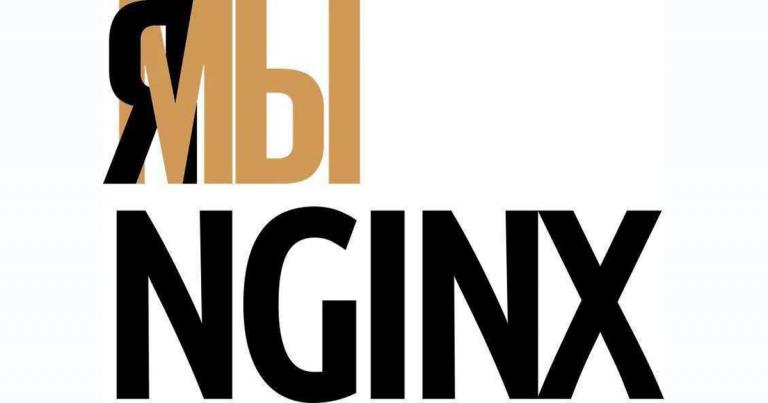Major drive manufacturers are changing strategy. What's happening?
The cost of electronic components and systems has repeatedly decreased and then increased again over the past few years. This was especially true during the electronics shortage. Now roughly the same thing is happening. Experts believe that after many months of decline in the cost of solid-state drives, their price will begin to rise in the near future.

Why the price increase again?
The fact is that companies have been forced to reduce prices for SSDs for many months. There are various reasons, including a decrease in demand, the accumulation of warehouse stocks, an increase in production volumes, disruption of supply chains, etc. Accordingly, from about 2021, the sales volume of SSDs gradually decreased, and somewhere in the middle of 2022, prices began to fall sharply.

Companies then lost quite a lot of money – or thought that they had lost them, since during the coronavirus pandemic the demand for equipment increased greatly. At that time, almost everyone involved in the electronics market made big profits.
Then, after the pandemic activity subsided, demand fell and did not return to previous heights for a long time, as both corporations and individuals purchased electronic goods that were needed at that time. Now the situation is gradually changing. The market perked up, plus companies like Samsung and Western Digital began to reduce production volumes of their systems. Now that SSD inventories have dropped and demand has increased, companies are planning to start raising prices.
Who is reducing production volumes?
One of the largest vendors that has reduced the volume of memory production is the South Korean corporation Samsung. At the same time, it increased prices for silicon wafers with NAND chips by 10–20%. And this is very sensitive for the market, since the increase is sharp and the company is large.
Well, another manufacturer, Phison, was even forced to return to prepayment for NAND modules that customers order from it. This policy was relevant during the shortage of electronics and components during 2020-2021. After the shortage ended, Phison, as well as some other manufacturers, abandoned the prepaid way of working. Now all this is gradually returning.
In general, the cost of flash memory began to increase from August 2023. This, in particular, led to an increase in contract prices for corporate solid-state drives. It is quite possible that the cost of other types of memory will increase. Thus, market players assume that the cost of mobile DRAM will immediately increase by almost 15–20%.
Now the WD company has been able to reach its previous levels of profitability. The corporation intends to return production levels to optimal levels, which will remain the same for several years. Other companies, in particular Samsung, are not lagging behind.
Who will suffer from price increases?
TrendForce specialists believe that these will be corporations that need a lot of large storage drives. It is in this sector that prices will increase by about 25% – and this is not the limit. As for the user segment, the cost of SSDs here will not increase so much – by 10–15%. Most likely, experts from another agency, WCCFTECH, believe that it is now necessary to purchase drives. Simply because prices are still low, but that may change soon.

The TrendForce table above provides an overview and comparison of NAND flash memory price trends for the first quarter (actual prices) and second quarter (forecast) of this year. The table shows the numbers for NAND-based mobile products (eMMC and UFS), client and server SSDs, and the NAND flash memory wafer on which these products are based.
The first quarter of 2024 turned out to be quite bad for those who were planning to purchase SSD drives on the cheap. TrendForce research estimates that prices in this segment have risen 23% to 28%, adding roughly $100 to PC build or upgrade plans.
According to TrendForce, prices will not stabilize or reverse in the second quarter of 2024. Instead, we could see further cumulative price increases of 10-15% between now and the end of June.
The table clearly shows that consumer SSD price increases are outpacing price increases for key 3D NAND wafers. TrendForce explains that SSD prices were negatively impacted by factors such as SSD manufacturers' purchasing strategies, declining sales of related products, and the like.
Perhaps the cost of an SSD will not rise above 25%. After all, large manufacturers are currently changing their pricing policy. Against this background, small and medium-sized companies may want to lure buyers to themselves. Accordingly, no one will increase the cost too much.
At the same time, the demand for SSDs may increase, and sooner or later manufacturers will begin to increase production volumes again. Then the cycle will most likely repeat: too much production → price reduction, dumping, etc. In general, all we have to do is wait and hope that prices do not rise too much.
![[Личный опыт] From Applicant to Employer: Product Advice on How to Get Interviewed in the USA](https://prog.world/wp-content/uploads/2020/09/1599428808_v1-768x403.png)



